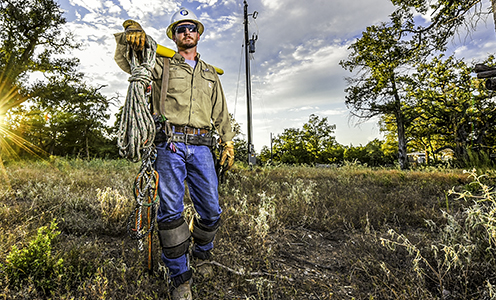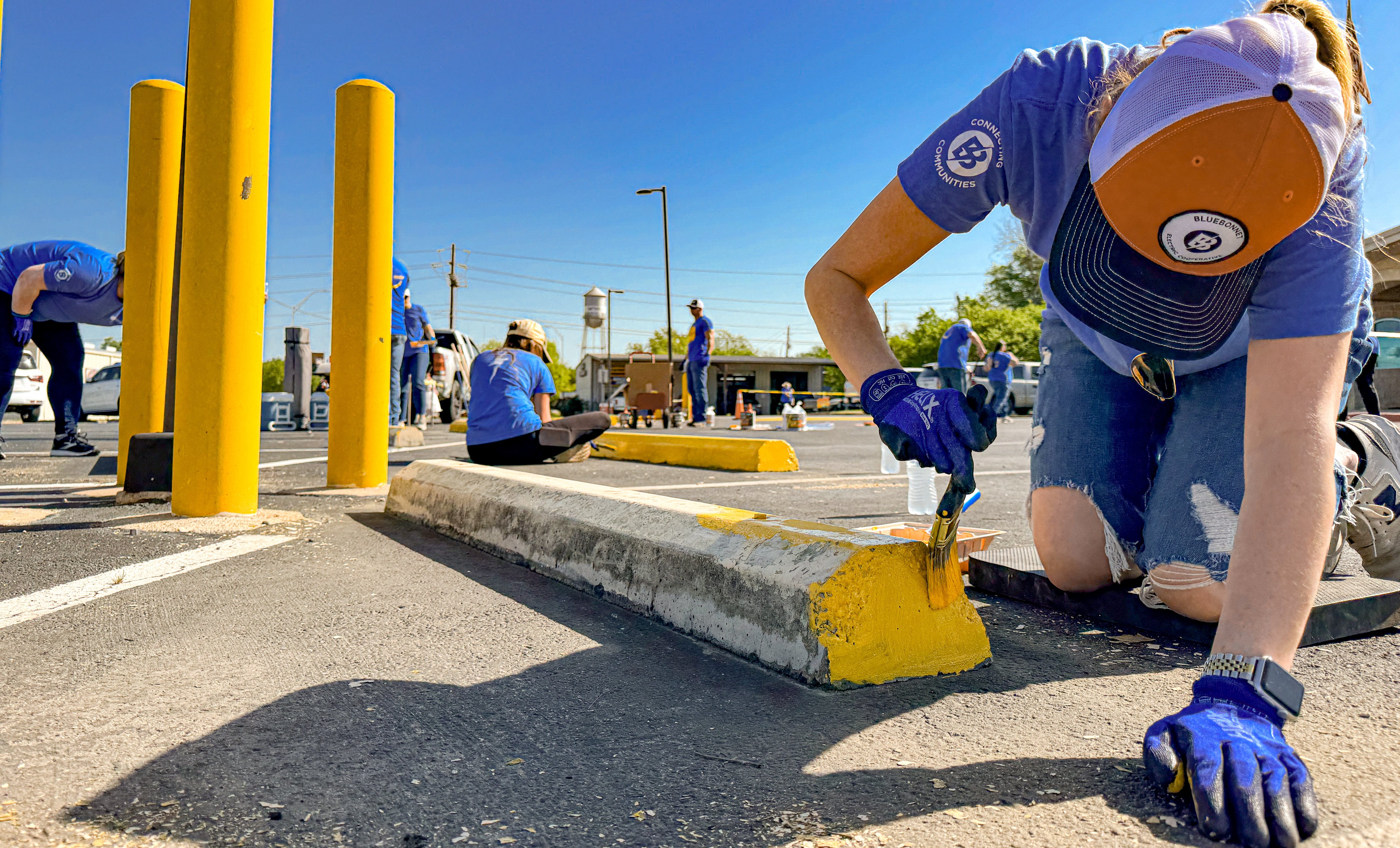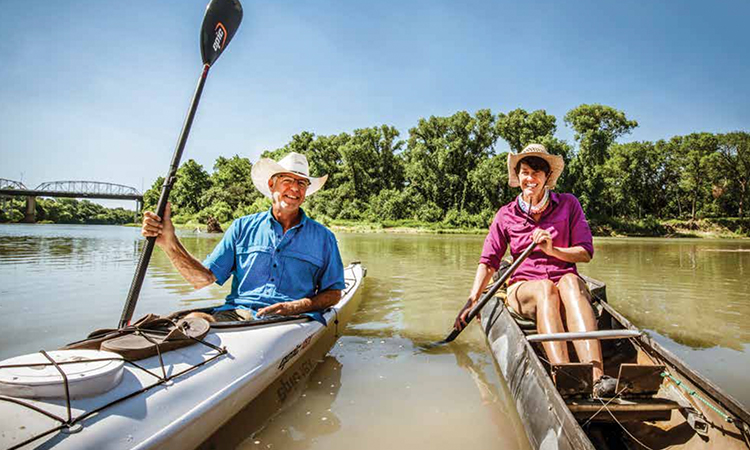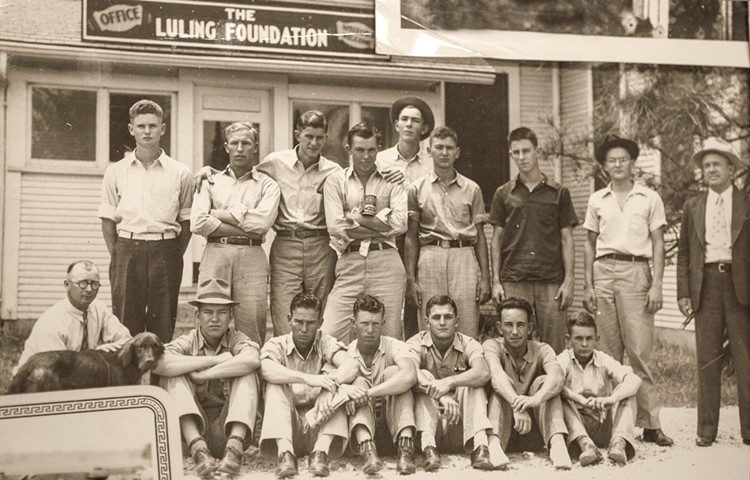
BY CLAYTON STROMBERGER
As you drive down quiet, tree-lined Mulberry Avenue out on the southwestern edge of Luling, just past the high school football stadium, you come to an unadorned metal archway that reads, “The Luling Foundation,” and below that, “Est. 1927.” Passing under the arch, you’re simultaneously going backward and forward in time.
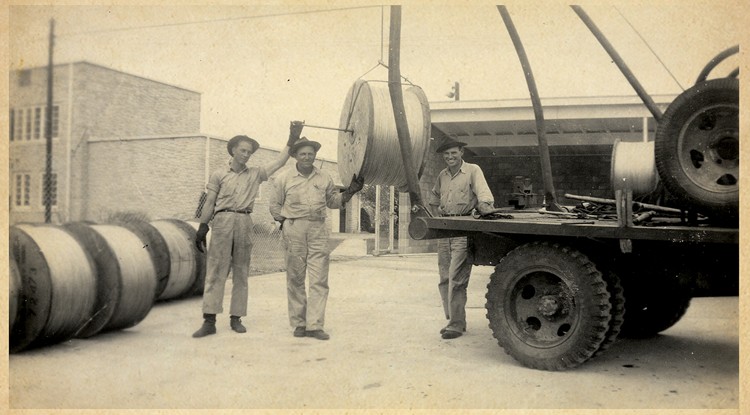
By Clayton Stromberger and Denise Gamino
If you were born at least fourscore and seven or so years ago, and grew up in these parts, you may remember what it was like in 1939.
No one was in a huge rush back then. The highway speed limit was 45 mph — lower for trucks. More than half the state was rural. Kids in the country rode a horse to confirmation class. Air conditioning meant opening a window or sitting on the front porch with a hand-held fan from church. Screen time was for when the mosquitoes came back.
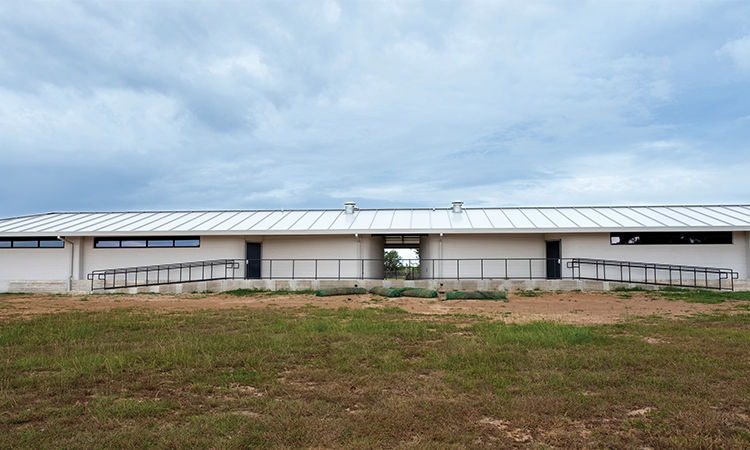
Story by Ed Crowell
Military troops learn to live and sleep in unusual spots — from inside a desert foxhole to wedged between a rock and a hard place.
Now, some Texas soldiers will have an opportunity to rest, comfortably, in a revolutionary new barracks in Bastrop County.
At Camp Swift — the National Guard’s main training facility in Texas — some troops will sleep in the largest structure in North America built by a giant robotic 3D printer.

